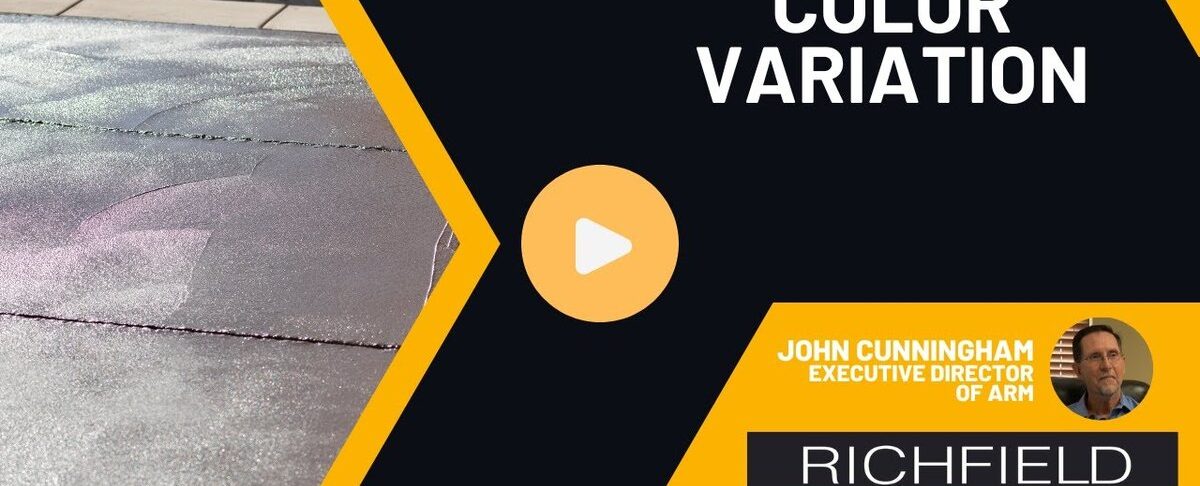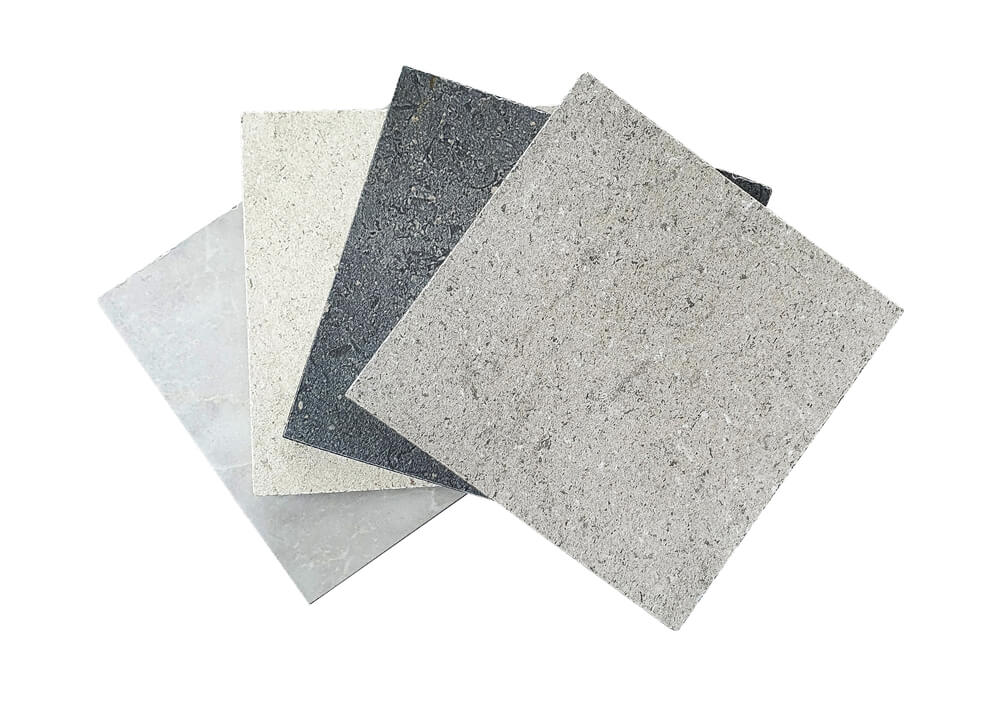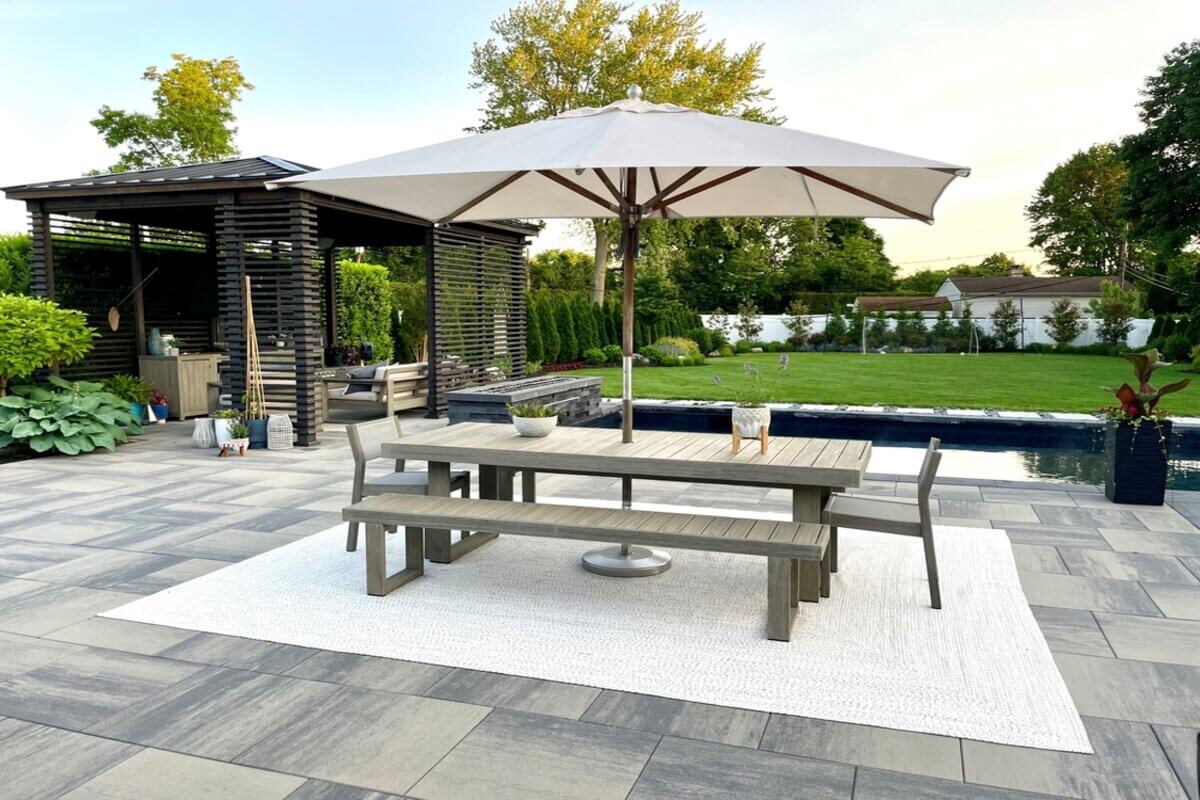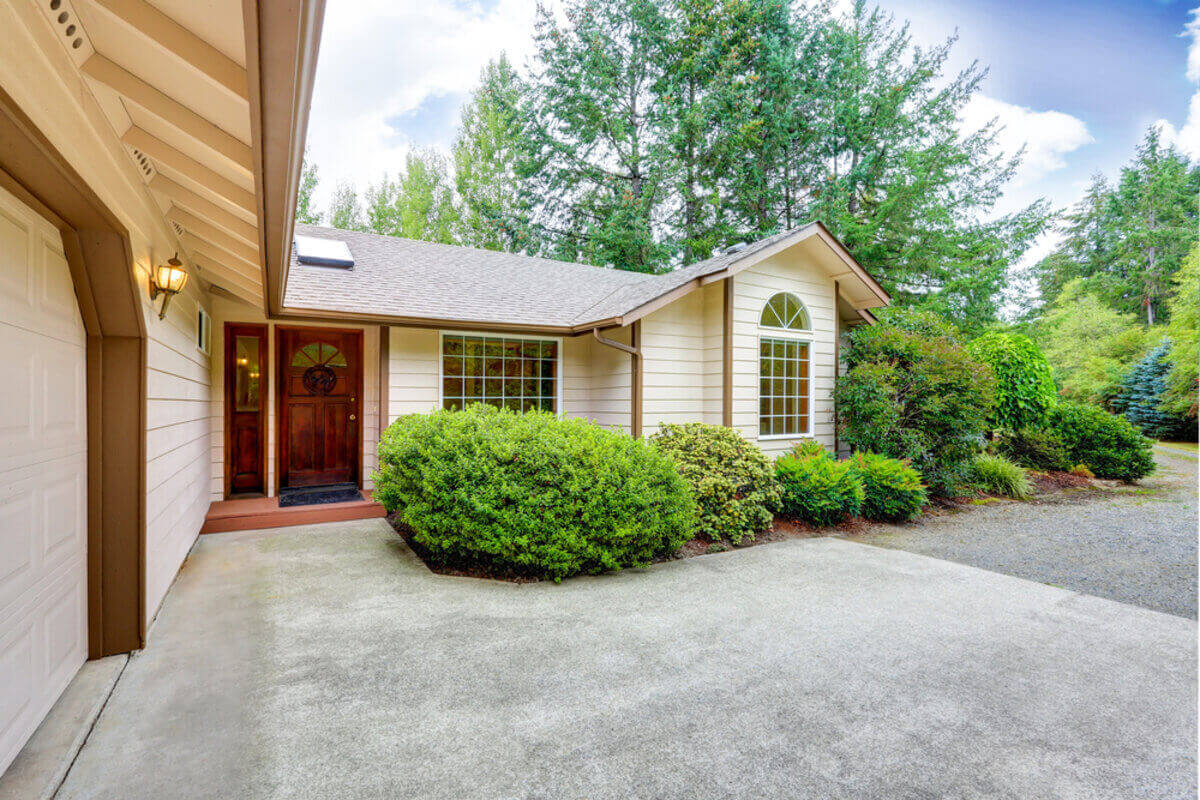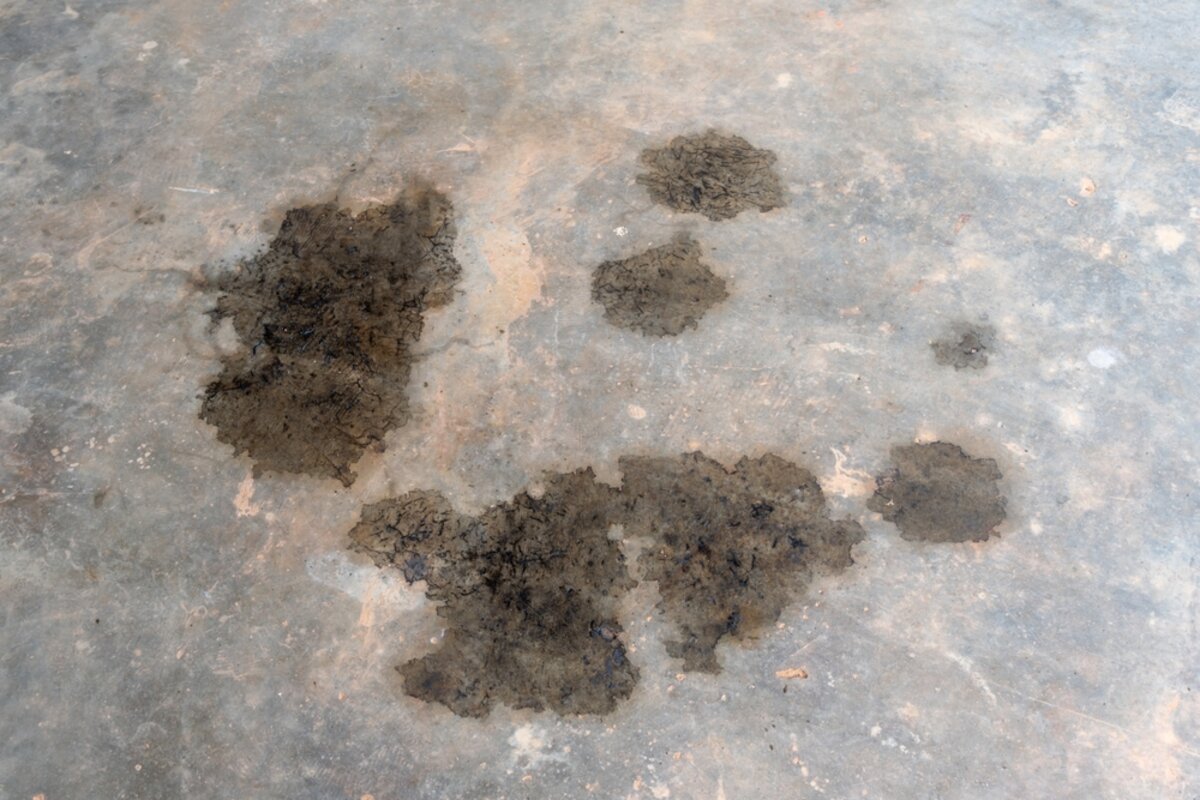Concrete is an ubiquitous material, widely used in construction for everything from buildings to bridges. However, one often-overlooked aspect is the surface color variation that appears in relatively new concrete installations. This color irregularity can be puzzling to property owners, builders, and anyone interested in construction materials.
To understand the phenomenon, it’s crucial to dig deep into what concrete actually is, how it’s made, and how it cures.
Understanding Concrete as Artificial Stone
What Is Artificial Stone?
The term “artificial stone” might sound like an oxymoron, but it perfectly encapsulates what concrete is. Concrete is a man-made product created by mixing cement, water, and aggregates like sand and rock. Despite its artificial nature, the ingredients used to produce concrete are primarily natural products. This blend of natural and artificial components contributes to the surface color variation commonly seen in new concrete.
Natural Components and Their Impact
Natural materials like sand and rock have their own unique properties, including color, mineral composition, and size. When these materials are combined to form concrete, they can contribute to the non-uniform coloration of the material. The inherent inconsistencies in natural products make it challenging to maintain a perfectly consistent color throughout the concrete surface.
Curing Process and Surface Color Variation
Curing Process
Curing is a critical step in the concrete installation process. It involves maintaining adequate moisture, temperature, and time to allow the concrete to achieve its full strength and durability. One common method for curing involves using a plastic sheet or membrane directly on the surface of the concrete. While this is an excellent way to cure the material, it can also impart different hues to the concrete’s surface. This occurs because the membrane interacts with the curing concrete, often resulting in mottled colors.
Cementitious Materials and Color Variation
Curing is not the only factor that leads to uneven colors in newly installed concrete. The type of cement and any other cementitious materials used can also play a role. Different types of cement come with varying colors, and when mixed with natural aggregates, they can produce a concrete surface with inconsistent shades.
Will the Color Differences Eventually Go Away?
Time as a Factor
The good news is that these color inconsistencies tend to fade over time. Whether due to weathering, exposure to sunlight, or other environmental factors, the concrete will typically become more uniform in color as it ages. Therefore, the variations you see in new installations are often not permanent.
Long-Term Aesthetics
It’s worth noting that for most construction purposes, the initial color differences are usually considered superficial. They seldom have any impact on the concrete’s structural integrity or performance. As time goes by, the concrete tends to even out in color, leading to a more aesthetically pleasing and consistent appearance.
Conclusion
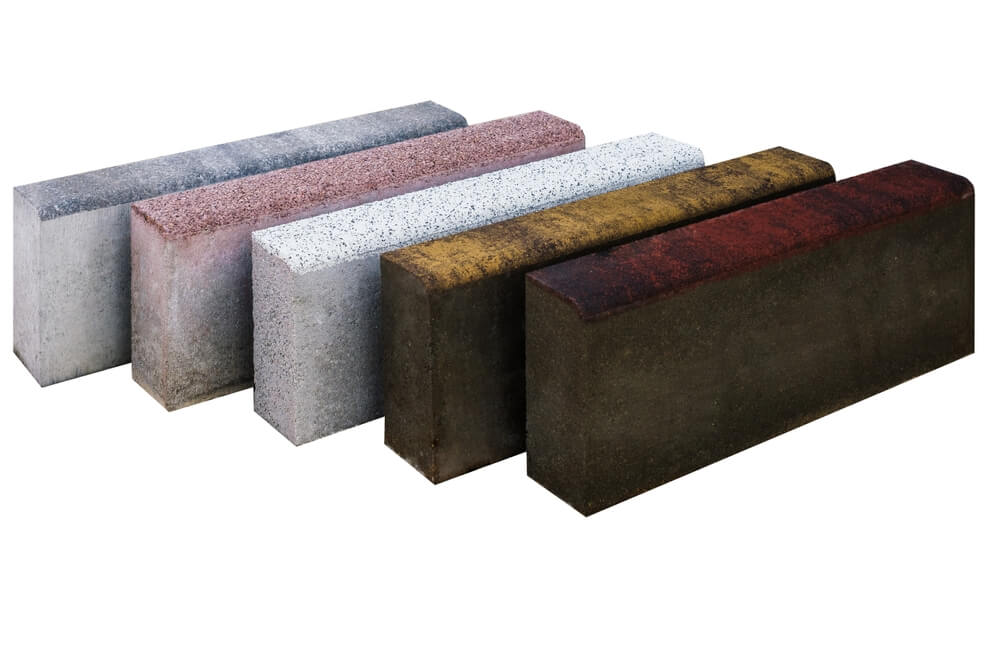
While the surface color variation in relatively new concrete can be disconcerting, understanding the natural and artificial components involved, as well as the curing process, can demystify this phenomenon. Although achieving a perfectly consistent color in concrete may be challenging due to its mixture of natural products, these variations are typically temporary. Over time, the concrete will likely become more uniform in color, assuaging any aesthetic concerns. Contact Richfield Concrete today to learn more about surface color variation and relatively new concrete.




